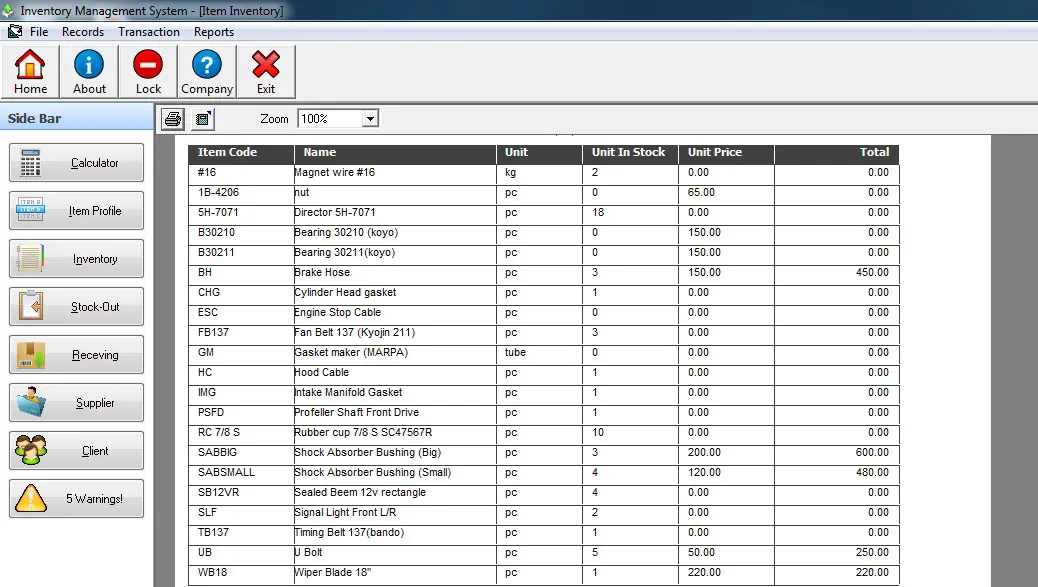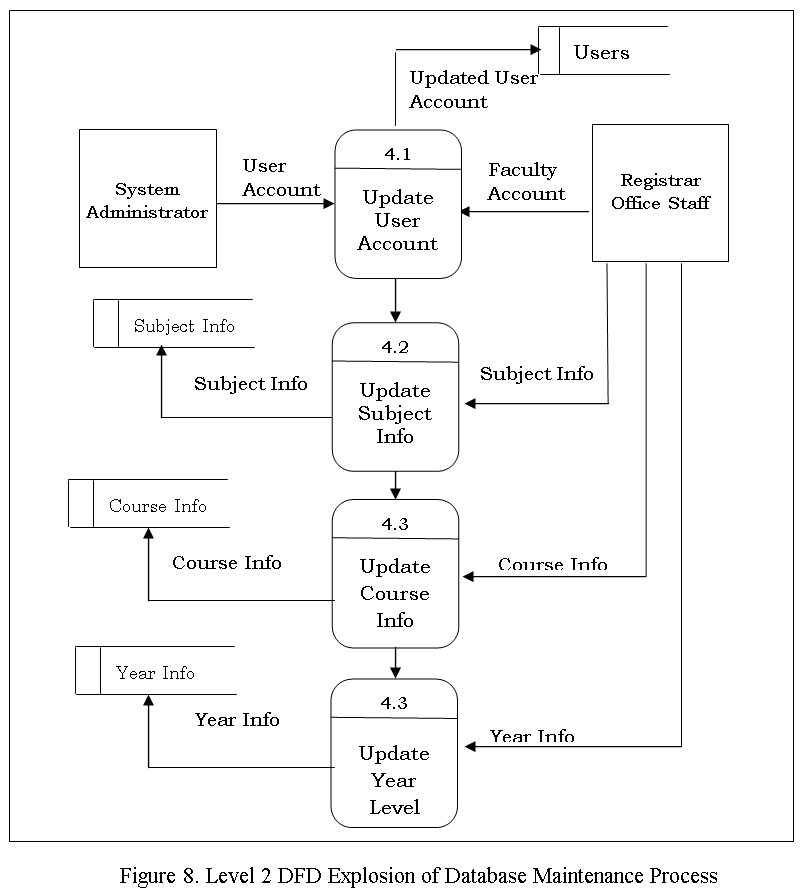Android Based Task Scheduler Review of Related Literature
REVIEW OF RELATED LITERATURE
In this chapter, it will contain diverse studies about relevant ideas, beliefs, concepts, observations or methodologies associated to the existing study.

Time Management Apps and Student Success: Pilot study and focus group findings
Corlett et al. 2005 study (as cited from Shih et al., 2014) stated that mobile apps are considered as an important and emergent technology increasingly utilized by university students for effective learning and time management. On the other hand, the variety of mobile apps presently available is constantly increasing and being updated (Perez, 2014), as a result, it is difficult to determine the types of time management apps being used, or how they should be used by the university students. The projects aim was to scope the design and evaluation of a trial to evaluate whether a time management app could assist Phase 1 UNSW medical students to manage their time and the aim of the focus group was to explore more about the practices and attitudes of Phase 1 UNSW medical students regarding time management. Based on the results of the study, the aim to scope a time management app use trial was partially accomplished due to small sample size and high drop-out rate. From the trial results, the researchers found that those who weren’t everyday users of the trial app were less likely to have a tablet, and were more likely (with the following GSE items) to have lower confidence in dealing with unexpected events and be less likely to have confidence that they can solve problems by setting effort. These findings were not supported by any other statistically substantial findings, although this could also be due to small sample size. Another likelihood is that providing a productivity app may not be the best resolution to their students’ time management issues, for example, a time management app was not actually the need of some students for achieving a good time management.
Web-Based Medical Appointment Systems: A Systematic Review
Based on the Journal of Medical Internet Research (2017) authored by Eysenbach, revealed that medical appointment scheduling is one of the undergoing major advances which serve as starting point of most non-urgent health care services to support the patients’ active involvement. Through Internet as a medium, patients are given more freedom in making decisions regarding their preferences for appointments and better access. The purpose was to identify the benefits and barriers to implement Web-based medical scheduling. The results of the study showed that most of the practices have positive changes in some areas after utilizing Web-based scheduling such as reduced no-show rate, decreased staff labor, decreased waiting time, and improved satisfaction, etc. Flexibility, cost, integrity and safety are the chief reasons behind discouraging providers from transferring to Web-based scheduling. Patients’ past experiences using computers and internet also contribute to their unwillingness to adopt Web-based appointment scheduling.
(https://www.ncbi.nlm.nih.gov/pmc/articles/PMC5425771/)
Class-Scheduling System for the Central Luzon State University
According Gunawan et al. 2007 study (as cited from Botangen and Khan, 2014), academic institutions and universities frequently find difficulties in scheduling classes which is due to several factors such as time allotments, student groups, rooms, teachers, courses and scheduling discretions. With this, several uncontrolled scheduling elements should be considered such as schedules of subjects, use of resources such as rooms or facilities, schedule preferences, and other constraints by other units. The main objective of the study was to make a web-based scheduling system for collaborative preparation of class schedules at their school. The design phase created conceptual models to foresee boundaries, interactions, users and main processes for the system. More sophisticated model which is shown through Data Flow Diagram and data model shown through Relational Diagram were created to show system details how it works and how data are used and produced by the system are stored. The development phase covered creating the actual database, writing codes for the system modules, and testing the modules. This phase also developed the algorithm engine for automated plotting and conflict-checking of the different scheduling entities based on their availability considering different constraints and preferences. In addition, common formats and comprehensive graphical representations of schedule reports were created. In the implementation stage, the application was installed in a web server to be opened through Virtual Private Network software or using URL address. Various academic registrars will test the application and identify possible enhancements for the system. Moreover, the implementation phase will observe and gather data from the academic units’ registrars regarding three scheduling concerns: i) the number of consultations made with a particular unit registrar; ii) the number of schedule conflicts identified on schedules related with courses offered at a particular academic unit; and iii) the estimated time used to prepare schedules. The 3-Tier architecture concept which is a client-server system model that can be used for online implementations was adapted in this work. It has three components; the database for holding data, the application logic and the GUI for user interaction. The system development included World Wide Web (WWW) technologies particularly Apache as web server, PHP/HTML/JavaScript as scripting languages and MySQL as database. The scheduling process which is attributed to the Scheduling Module of the system follows the principle of the Greedy Algorithm. This algorithm selects an option by choosing what is most available. In the partial implementation of the system, all components were successfully tested. Schedule conflicts are prevented due to conflict detection capability of the system. (https://www.researchgate.net/profile/Khavee_Agustus_Botangen/publication/306894171) Class- Scheduling_System_for _the_Central_Luzon_State_UniversityAbridged/links/57 bfda3f08aeb95224d11ec2/ Class-Scheduling-System-for-the-Central-Luzon-State-UniversityAbridged.pdf
Integrated Class Scheduling System for Selected State Universities and Colleges with Satellite Campuses in the Philippines
Quoted from Evale (2015), class scheduling of universities is a huge, multifaceted and time-consuming task. Along each time line, classroom periods must be capable to be assigned to instructors and their classes of diverse departments without violating any rules or restrictions. Class Scheduling System is a software that improves and fastens the process and room utilization and scheduling of classes by making it more efficient, accurate and suitable to everyone influenced by these courses. The study adopted the Systems Development Life Cycle (SDLC) Waterfall Model which is a conceptual model for project management and describes the stages included in an information system development project, from preliminary feasibility study to finalized application. In addition, Microsoft VB.Net Framework 2.0 was used and for back-end application, MS SQL Server 2008 was used. Unified Modeling Language (UML) was used in specifying, constructing and communicating the design of the system. Case Diagram and Sequence Diagram was employed to show the functionality of the system. After the development stage, the system was tested and evaluated using ISO 9126 Software Quality Assurance Model. (http://pnrsolution.org/Datacenter/Vol3/Issue2/235.pdf)
Class Scheduling System for URS – Binangonan Campus
Abcede et al. (2013) stated that, the project’s aim was to help assign and plot the faculty of the school on their designated rooms and schedules; similar to the study of Botangen and Khan (2014) and Evale (2015) which is a class scheduling system. This study focused on how to develop and deploy a Class Scheduling Management System that will enhance the traditional method of scheduling system used in University of Rizal System. The general objective of this study is to develop an effective and efficient scheduling of University classrooms, to help minimize the admin, head and instructor’s problem during the starts of classes and to maximize availability of classes to the students of University of Rizal System Antipolo Campus. The results showed that the proposed system is better than the existing system in the university. The proposed system provides an organize process of scheduling the class in the University of Rizal System. The proposed system gives ease and handiness to the user based on the functionality of the system. A better service and a high quality process in the scheduling system of the University of Rizal System Antipolo Campus. The system is capable of providing a fast scheduling processes resulting to a better scheduling transaction for the part of Dean and the faculty members but also for the students. It minimized and completely removes all the drawbacks of the manual scheduling. (https://ejournals.ph/article.php?id=879)
Synthesis
Scheduling systems are more complicated system compared to an event manager but both of them share majority of features and uses such as managing the time for different activities. Scheduling systems are widely used by high-end universities capable of acquiring such system. For a student level, there must be a more simple and handy system that they can use to address their variety of activities.
From the findings of different literatures, one of them was an investigation of the time management of their participants using a trial app. Remaining studies, developed a web-based class and medical scheduling system and operates through internet connection. It also include other factors such location in which the research was conducted, the sample size, type of respondents, school status of students (if students are the respondents) and availability of resources for the students. Results of the study may vary based from those affecting factors.
The proposed study is development of an event manager system utilizing an android-based platform, employ Rapid Application Development (RAD) and can be used as an offline application. This is to aid students to note their activities electronically and manage time through the use of the application.
Credits to the authors and developers of the project/study
You may visit our Facebook page for more information, inquiries, and comments. Please subscribe also to our YouTube Channel to receive free capstone projects resources and computer programming tutorials.
Hire our team to do the project.


